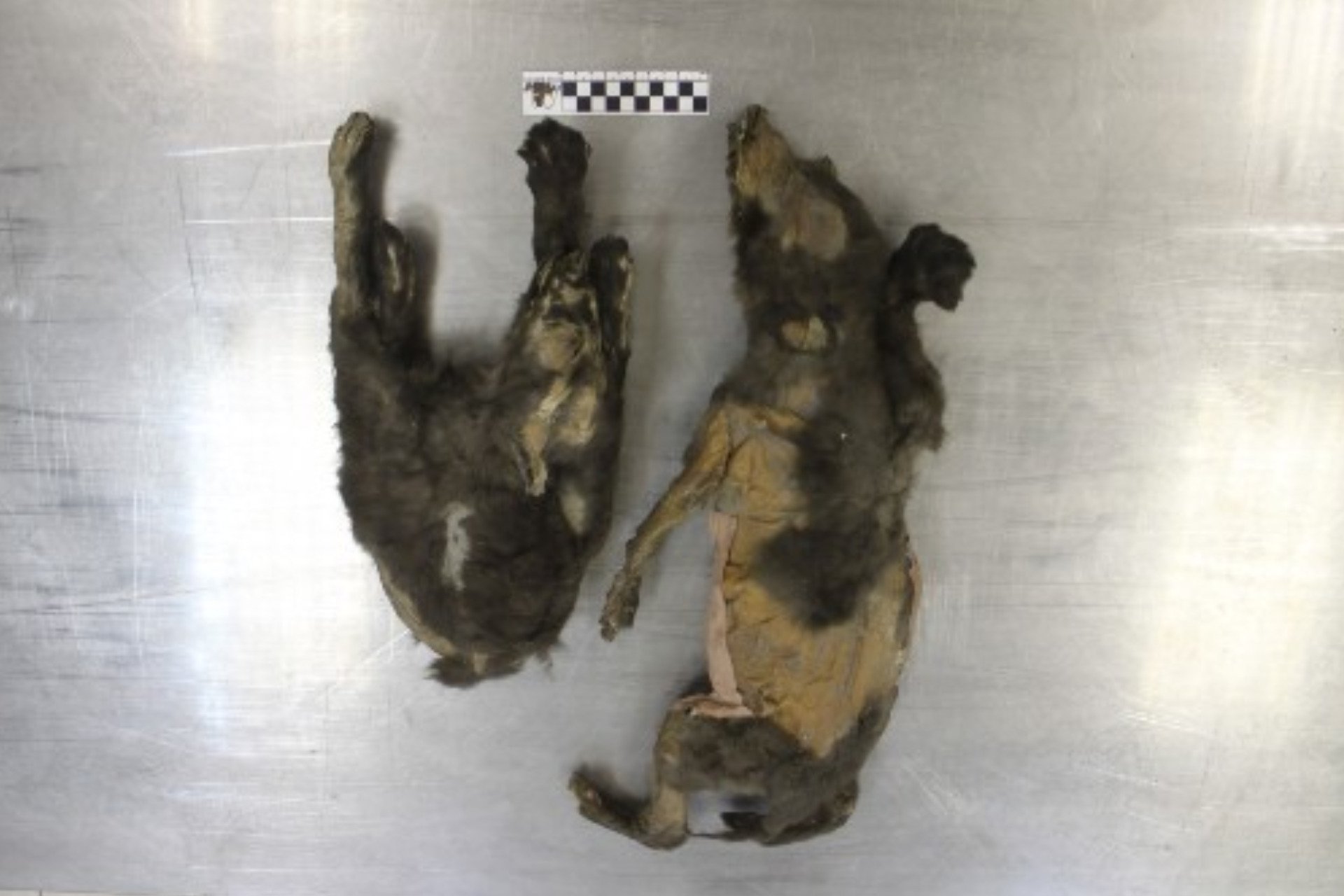🐕 Revelation: these mummified dogs are not dogs
Follow us on Google News (click on ☆)

Ice age wolves shared traits with their modern descendants.
Credit: University of York.
Contrary to previous assumptions, genetic and isotopic analyses show that these animals were actually wolves. Their last meal, consisting of woolly rhinoceros, indicates they belonged to an extinct population, distinct from modern wolves.
The researchers also found that these wolves lived in a diverse environment, feeding on both meat and plants. This discovery sheds new light on ice age ecosystems and the behavior of predators at the time.
This study highlights the evolution of canids and challenges some long-held beliefs about dog domestication. The results, published in Quaternary Research, open new perspectives on the lives of prehistoric wolves.
How do scientists determine the diet of prehistoric animals?
Researchers use isotopic analysis techniques to study food residues in tissues. These methods allow for highly accurate reconstruction of dietary habits.
Stable isotope analysis, such as carbon and nitrogen, reveals the types of plants and animals consumed. These data are compared with modern references to interpret the results.